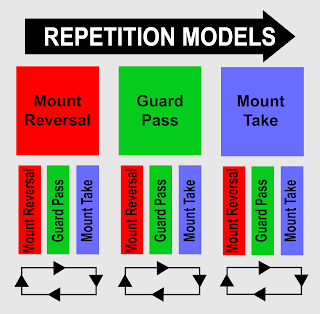The Science of Teaching Jiu-Jitsu, Part 5: Retention

"Memory underlies knowledge which underlies intelligence" - Piotr Wozniak Parts 1 and 2 of this series introduced a research-based methodology to teach jiu-jitsu techniques, as follows: Convey the problem. Perform a silent demonstration of the solution/technique. Shade the essential steps. Practice. Provide feedback. Part 3 explained the science behind selecting the optimal number of practice repetitions needed to learn a motor skill, the students' mindset during practice, and an observable means to measure learning. While task repetition is a valuable tool, practice is further enhanced by using skill transfer, varying environments, randomization, interleaved skills, deliberate rest, and being mindful of the length of practice sessions. Part 4 emphasized the importance of environmental variations and randomizing training. It also explained the benefits of teaching transferrable skills, creatively utilizing rest, and interleaving skills during task repetition tra...





